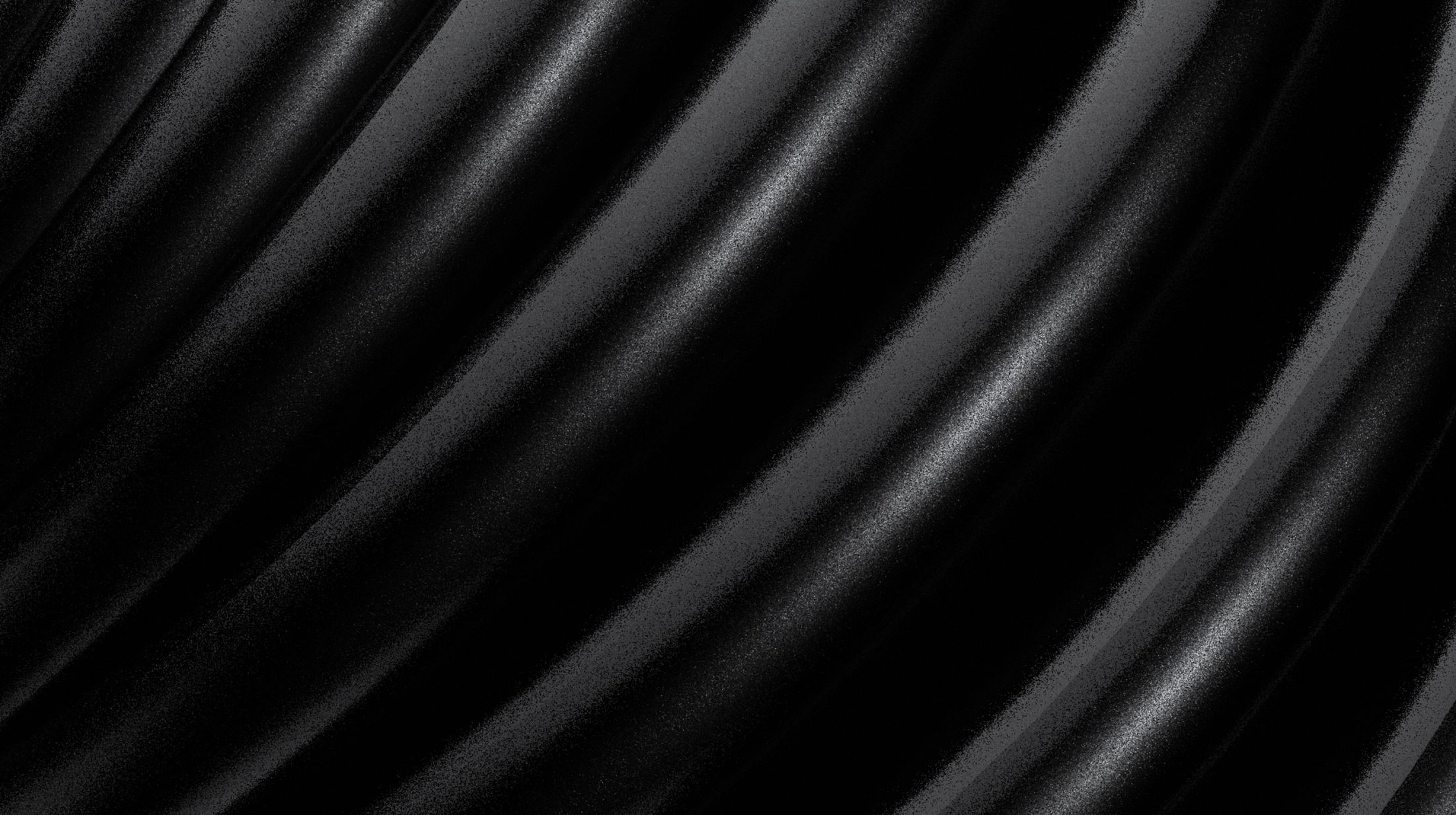Post-Microdermabrasion Care & Products
Microdermabrasion is a great, non-invasive skin care treatment for those who want to walk away with
new, glowing, smooth skin. The rotating facial instrument used by an aesthetician or doctor removes
the top layer of damaged skin, eliminating excess oil, dirt, and debris, and even reducing the
appearance of fine lines, wrinkles, and age spots. […]
Read More



